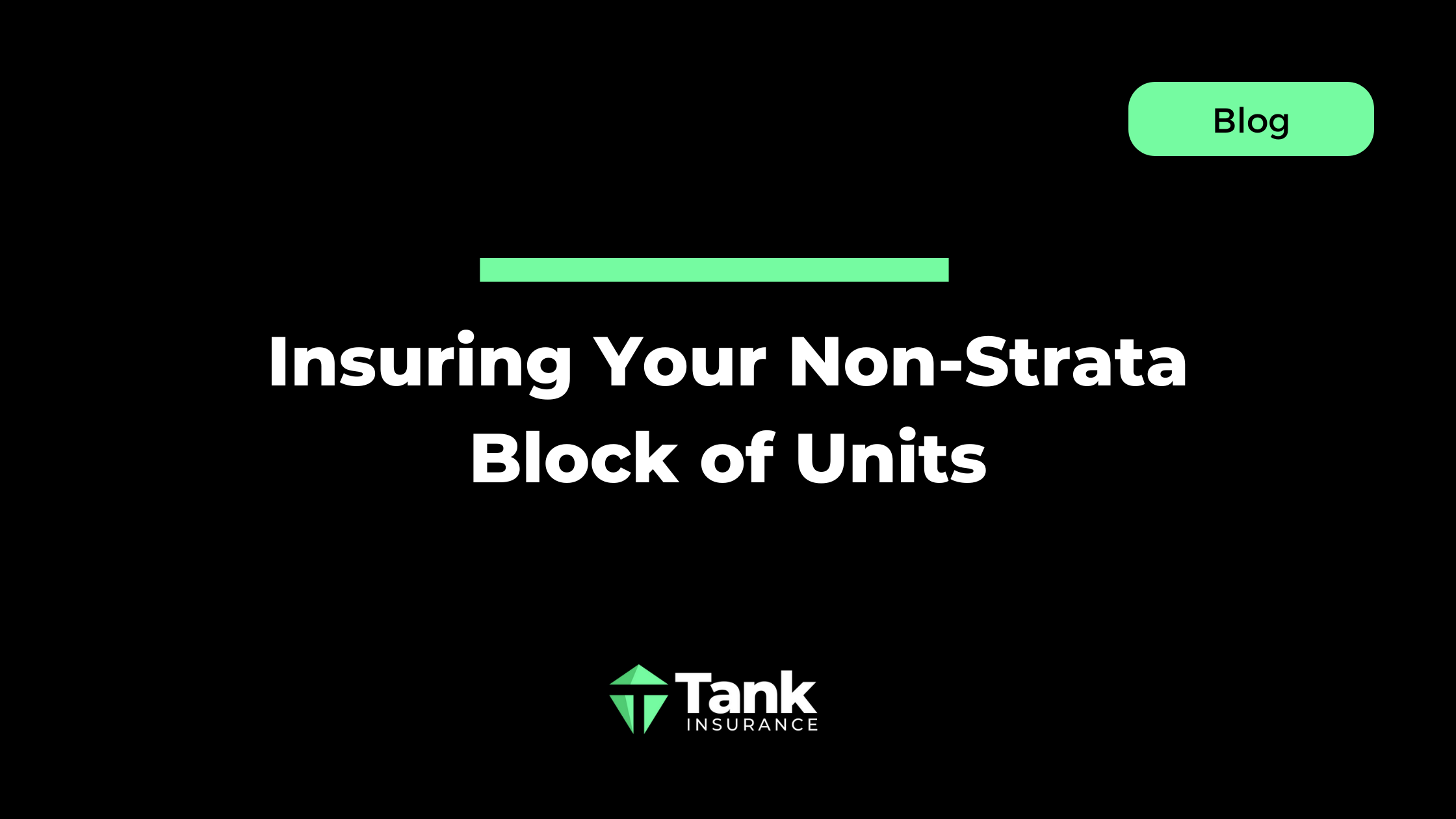
Key Risks Covered by Loss of Rent Insurance
Loss of Rent Insurance typically kicks in when your property can’t be lived in due to damage from an insured event.
Here are some common scenarios it covers:
- Natural Disasters: Damage from storms, floods or bushfires that renders your property uninhabitable.
- Fire Damage: If a fire damages your property, such as a kitchen fire requiring extensive repairs.
- Water Damage: Issues, like burst pipes or leaks, that make the property unfit for tenants.
- Vandalism or Impact Damage: Damage caused by events, say, a car crashing into your property.
Note: Most policies can cover lost rent for up to 12 months or until repairs are complete, whichever comes first. Some insurers may offer more weeks of coverage with limits for a single incident. Always check your Product Disclosure Statement (PDS) to confirm the specifics of your policy.
What Isn’t Covered?
It’s just as important to understand what Loss of Rent Insurance doesn’t cover. Here are some key exclusions:
- Tenant Non-Payment: If your tenant stops paying rent due to financial issues or skips out while your property is still habitable, this isn’t covered.
- Vacant Properties: Some policies won’t cover lost rent if the property was vacant for an extended period before the damage occurred.
- Uninsured Events: Damage from events not listed in your policy (e.g., floods or earthquakes) may require separate coverage.
- Market-Related Vacancies: If you can’t find a tenant due to a slow rental market, Loss of Rent Insurance won’t apply.
Speaking with an insurance broker can help you assess your property’s risks and tailor your coverage. Reach out to us at Tank Insurance now!



